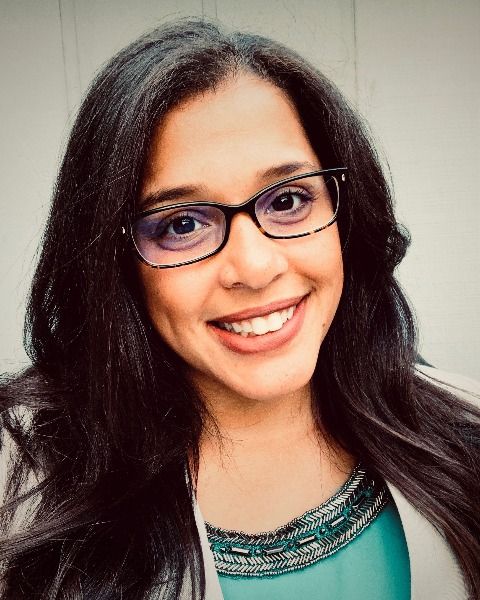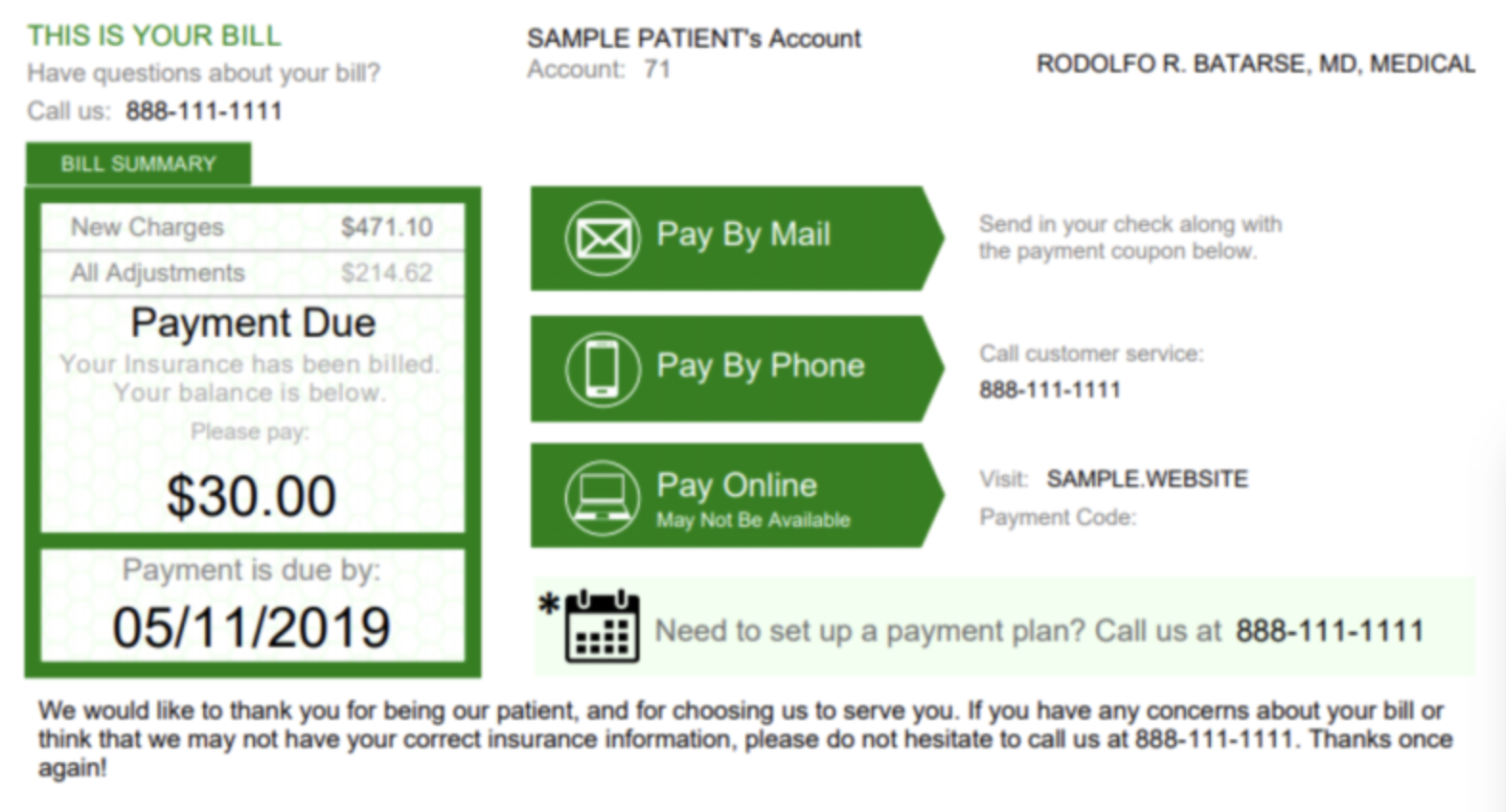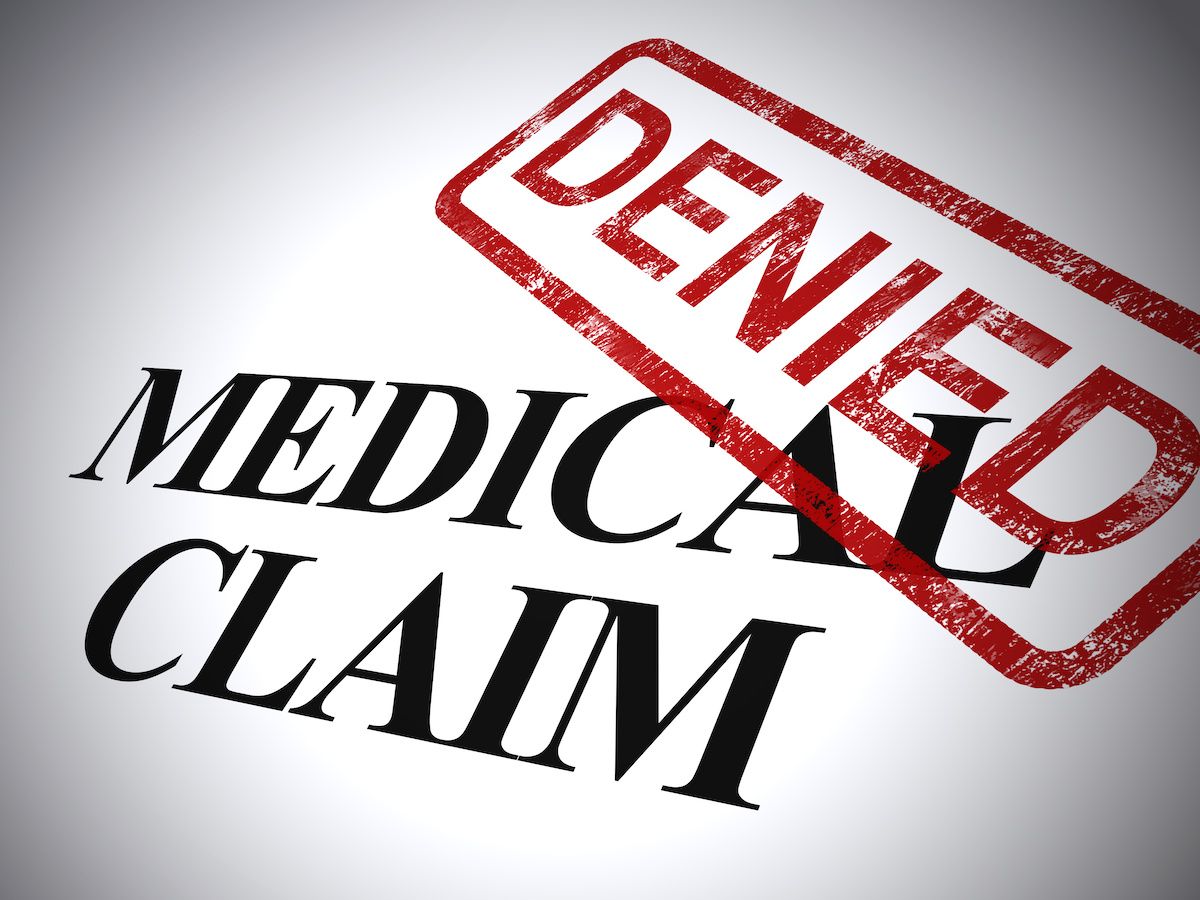Article
MGMA 2022: Want your patients to pay? Make it easy for them
Author(s):
Offering financial education helps patients understand what they owe, why, and when.

Physicians can get paid by educating their patients about their medical bills and making it easy for patients to pay them.
Some patients avoid going to their physicians at least partly out of fear of huge medical bills – or just not knowing how medical bills work. One poll found 50% of Americans avoid medical care due to cost, said Taya Gordon, MBA, CMPE, CMOM, and chief revenue cycle officer at H4 Technology LLC, a health care support company.
When that happens, underlying health problems can grow worse, leading to emergency department visits that add to costs, said Gordon. She presented “Reduce Revenue Cycle Pain Points by Improving the Patient Financial Experience,” during the 2022 Medical Practice Excellence Leaders Conference of the Medical Group Management Association, and is coauthor of the association’s publication “Revenue Cycle Management: Don’t Get Lost in the Financial Maze.”
Gordon challenged physicians and administrators to reconsider medical care from the perspective of patients worried about costs, health insurance benefits, fear of health conditions, or maybe afraid of getting stuck by a needle that day.
While financial education may not alleviate all those fears, physicians and health care leaders who want to keep patients – and keep getting paid – should make the financial transactions as smooth as possible, Gordon said. She outlined samples of hurdles to patients accessing their health, billing and insurance information, with solutions to improve their understanding – and, ideally, their willingness to pay for physicians’ services.
Patient portals
Hurdles: Patients are only told about the portal at the check-in. There are no signup instructions. Patients don’t see value to enrollment.
Solutions: Make it easy to locate patient portal links or login windows on websites. Allow patients to pay bills with or without logging in. Make it easy for patients to find social media accounts.
Doctor’s orders: Physicians should encourage patients to access online health records because patients feel like it is “prescribed” for them, Gordon said, citing her own family experience, along with a finding that patients are almost twice as likely to log on when encouraged by a health care provider.
Patient statements
Hurdles: Patients don’t understand why they owe what they owe because statements use health care terms instead of user-friendly terms, contact information is not helpful, and statements are not clear about what is due, when, or how to pay.
Solutions: Include pertinent information with clear messaging. Minimize use of complex codes and code descriptions. Consolidate the most important components quickly: Amount due, due date, payment methods.
Good to know: If a patient files for bankruptcy, traditional collections must cease immediately. Do call your legal counsel for guidance on next steps, but don’t send statements or make phone calls attempting to collect.
Are your patient bills easy to read and understand? Here’s an example of one that clearly shows how much a patient owes, when it is due, how they can pay it, and contact information if they have questions. This example was part of the presentation “Reduce Revenue Cycle Pain Points by Improving the Patient Financial Experience,” during the 2022 Medical Practice Excellence Leaders Conference of the Medical Group Management Association. Presenter Taya Gordon, MBA, CMPE, CMOM, and chief revenue cycle officer at H4 Technology LLC, a health care support company, offered tips on making it easy for patients to pay their physicians.

Paying bills
Hurdles: Bills have minimal payment options available. Accessing payment options requires a login. Patients don’t have access to payment plans to recall terms.
Solutions: Instead of a login, require a form with fields such as name, date of birth, and other identifiers to match patients to payments. Offer multiple forms of payment such as Venmo, PayPal, CashApp, or Apple Pay.
Make it easy: Print, or have printed, a sign listing the forms of payment you accept and post it where patients can see it in the office.
Financial literacy
Hurdles: Insurance explanation of benefits (EOBs) and reimbursement rules are complex. Patients have high expectations with minimal support. Patients with unpaid balances may avoid care.
Solutions: Have patients bring in complicated EOB forms to interpret and set up payment plans. Be sure to collect something when setting up a payment plan. Create a patient financial literacy program using your patient portal, social media, hold times, and wait times to engage patients about wellness, prevention, and financial literacy.
Get started: Create a glossary of health care financial terms. Print copies to give patients at the office and post it on your website and social media sites.
Newsletter
Stay informed and empowered with Medical Economics enewsletter, delivering expert insights, financial strategies, practice management tips and technology trends — tailored for today’s physicians.





